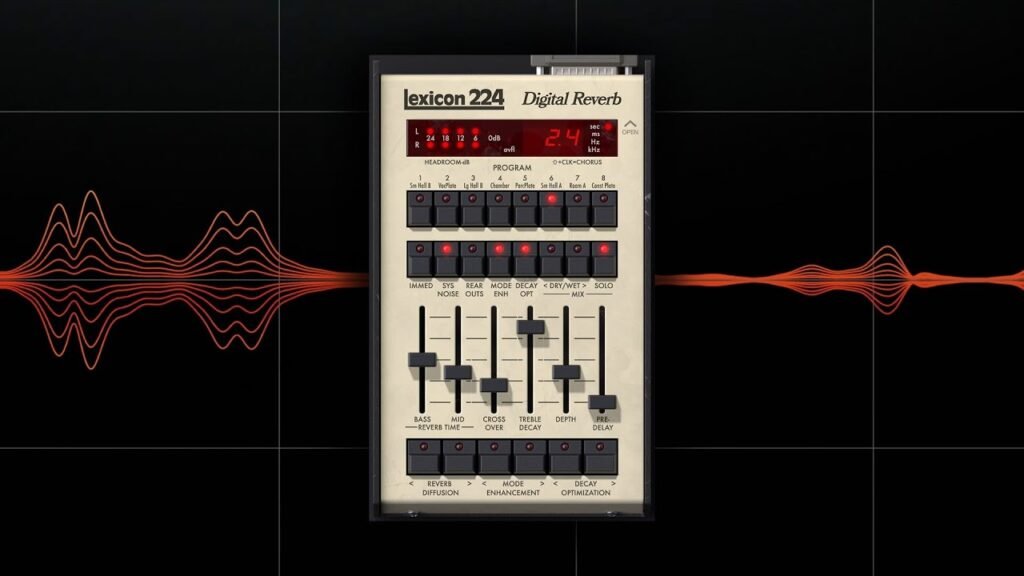Introduction to the term
Have you ever stumbled upon a word so quirky that it immediately piques your curiosity? Enter “dympigal.” This term may seem like an enigma at first glance, but it’s gradually making its way into the fabric of online culture. With roots that span beyond just being a catchy phrase, dympigal embodies a blend of creativity and modern communicative flair. Let’s dive deep into its origins, meanings, and how it’s shaping conversations across various platforms. Whether you’re hearing about it for the first time or have seen it pop up in memes and slang, there’s plenty to uncover about this fascinating term!
Origin of Dympigal
The term “dympigal” has roots that are somewhat elusive, adding to its charm. It emerged in the vibrant landscape of internet slang and meme culture, capturing attention for its playful sound and quirky nature.
Most accounts trace it back to early forums where users sought new ways to express themselves. The word seemed to materialize spontaneously during heated discussions or humorous exchanges.
Some believe it’s a mashup of various existing words that evoke feelings of joy or silliness, while others think it could be inspired by regional dialects. Regardless of its precise origins, dympigal quickly gained traction online.
Its unique phonetics make it memorable, allowing individuals across different platforms to adopt and adapt the word seamlessly into their conversations. This organic evolution reflects how language thrives in digital spaces today.
Definition and meaning of Dympigal
Dympigal is a term that has recently found its way into the digital lexicon. It’s often associated with light-hearted humor and playful banter among friends online.
At its core, dympigal embodies a sense of whimsy and spontaneity. It captures moments where laughter feels spontaneous, igniting joy in everyday conversations.
The word itself might not have rigid definitions like traditional vocabulary; instead, it thrives on context. Users apply it in various scenarios to express an exaggerated or silly response to mundane situations.
In many ways, dympigal is a celebration of creativity within language. It encourages individuals to think outside the box and embrace fun expressions that resonate with their experiences.
How is Dympigal used in popular culture and online mentions?
Dympigal has carved out a niche in the realm of popular culture, often surfacing in memes and social media trends. On platforms like Twitter and TikTok, users creatively weave the term into humorous contexts, adding layers to everyday conversations.
In meme culture, Dympigal is frequently paired with whimsical images or situations that amplify its quirky essence. This playful usage resonates especially well among younger audiences who appreciate its offbeat charm.
You can also spot Dympigal popping up in comment sections across various platforms. Users adopt it as an inside joke or a playful response to mundane topics. Its versatility allows for easy integration into casual dialogues and online banter.
As influencers embrace new slang terms, Dympigal continues to gain traction. It’s becoming synonymous with spontaneity and humor within digital interactions—reflecting the fluid nature of language today.
Examples of Dympigal in memes, social media, and slang terminology
The term “dympigal” has found its way into various memes and social media posts, often used to describe quirky or unexpected situations. For instance, a popular meme features an image of a cat with an exaggerated expression paired with the caption “When you realize it’s just another dympigal day.” This captures that feeling when things don’t go as planned.
On platforms like TikTok, users creatively incorporate dympigal into their videos, using it to highlight moments of sheer absurdity. A viral trend showcases people reacting dramatically to mundane events—each tagged as #DympigalMoments.
In slang terminology, dympigal is versatile. It can convey confusion or surprise in casual conversation. Someone might say they had a “dympigal moment” after making an embarrassing mistake at work. This flexibility makes the word appealing among younger audiences who thrive on creativity and humor in language.
The impact of Dympigal on internet language and communication
Dympigal has emerged as a fascinating addition to the lexicon of internet language. Its catchy sound and unique vibe have made it an attractive term for users seeking fresh ways to express themselves online.
As memes dominate social media, Dympigal often pops up in humorous contexts, allowing users to convey emotions or reactions succinctly. This usage highlights how digital communication thrives on brevity and creativity.
Furthermore, Dympigal fosters a sense of community among those who use it. By adopting this quirky word, individuals connect with others who share similar interests or humor styles. It also encourages playful exchanges that break from conventional language norms.
The rise of Dympigal underscores how rapidly evolving language reflects cultural shifts within the digital realm. As people seek new expressions in our interconnected world, terms like Dympigal may become staples in everyday dialogue as they continue to resonate with audiences across platforms.
Conclusion: Embracing new words in our evolving language
Language is a living entity. It grows and adapts to the nuances of society, technology, and culture. Dympigal exemplifies this evolution perfectly. Its emergence in online conversations illustrates how new words can capture emotions or ideas that traditional language sometimes fails to convey.
As we navigate through memes, social media posts, and everyday slang, terms like dympigal remind us of our collective creativity. They encourage expression in unique ways while fostering community among those who understand them.
Embracing such terms enriches our communication landscape. The introduction of dympigal into our vocabulary signifies not only change but also connection in an increasingly digital world where language continues to evolve at breakneck speed. This transformation invites everyone to participate in shaping the way we communicate today and tomorrow.
